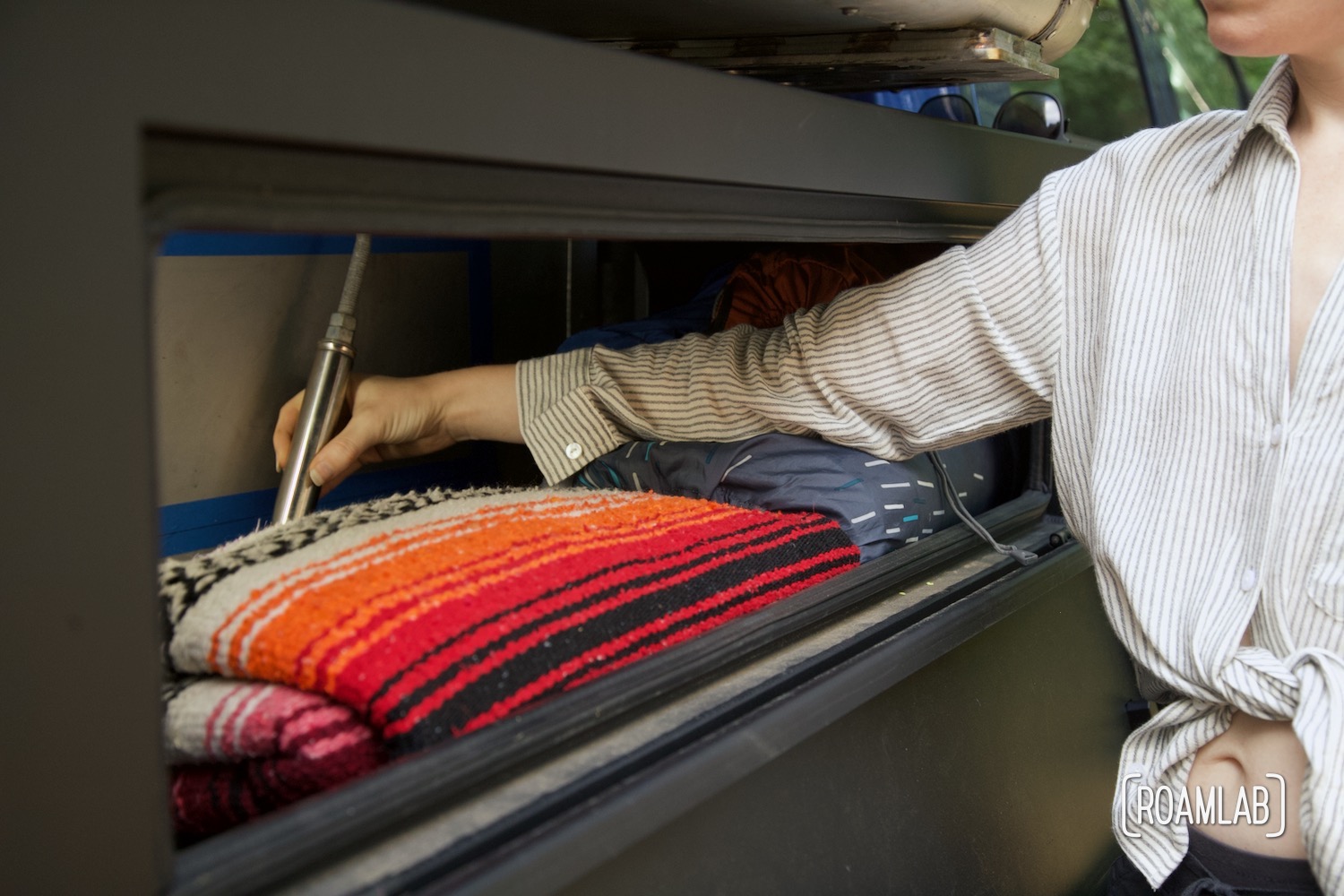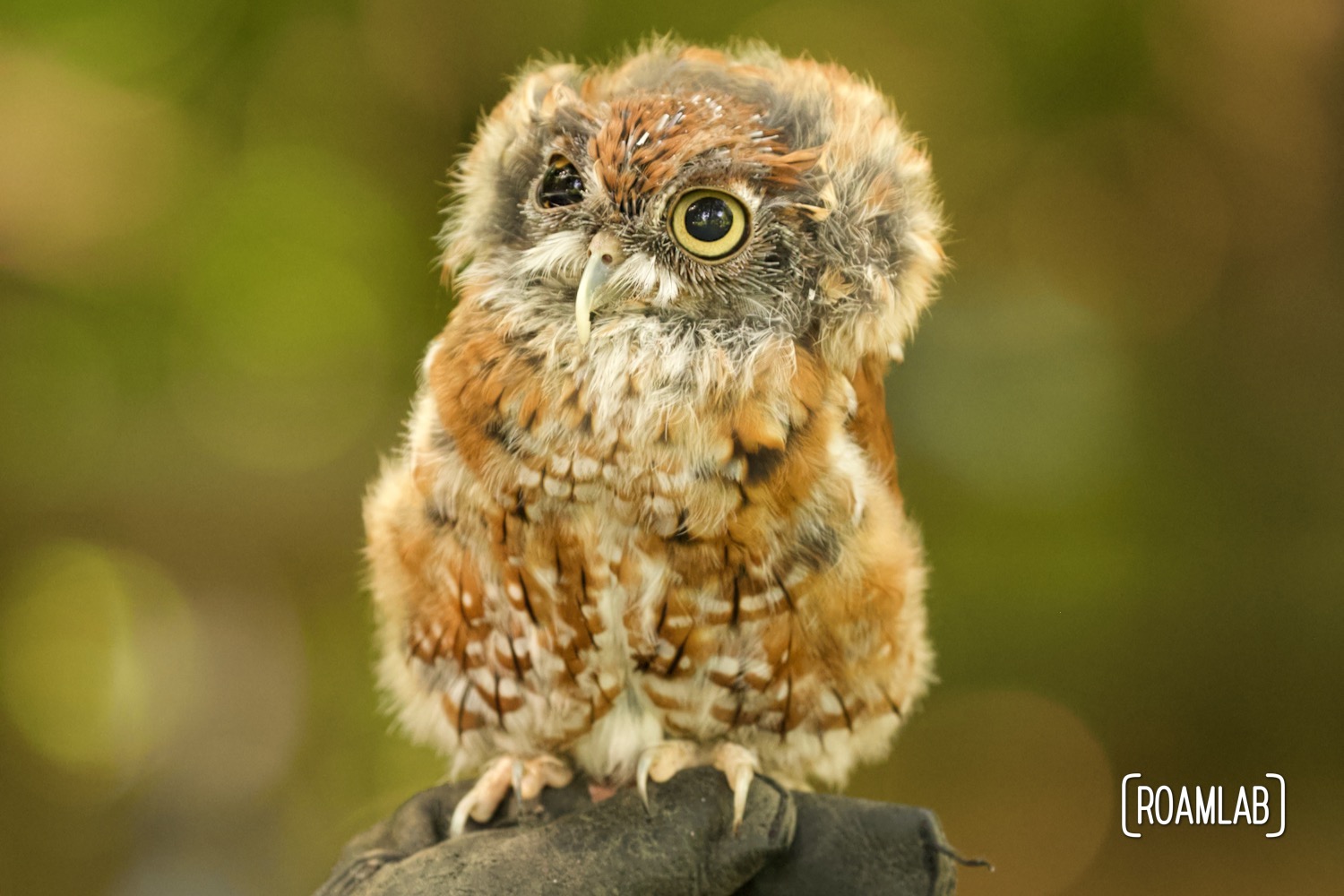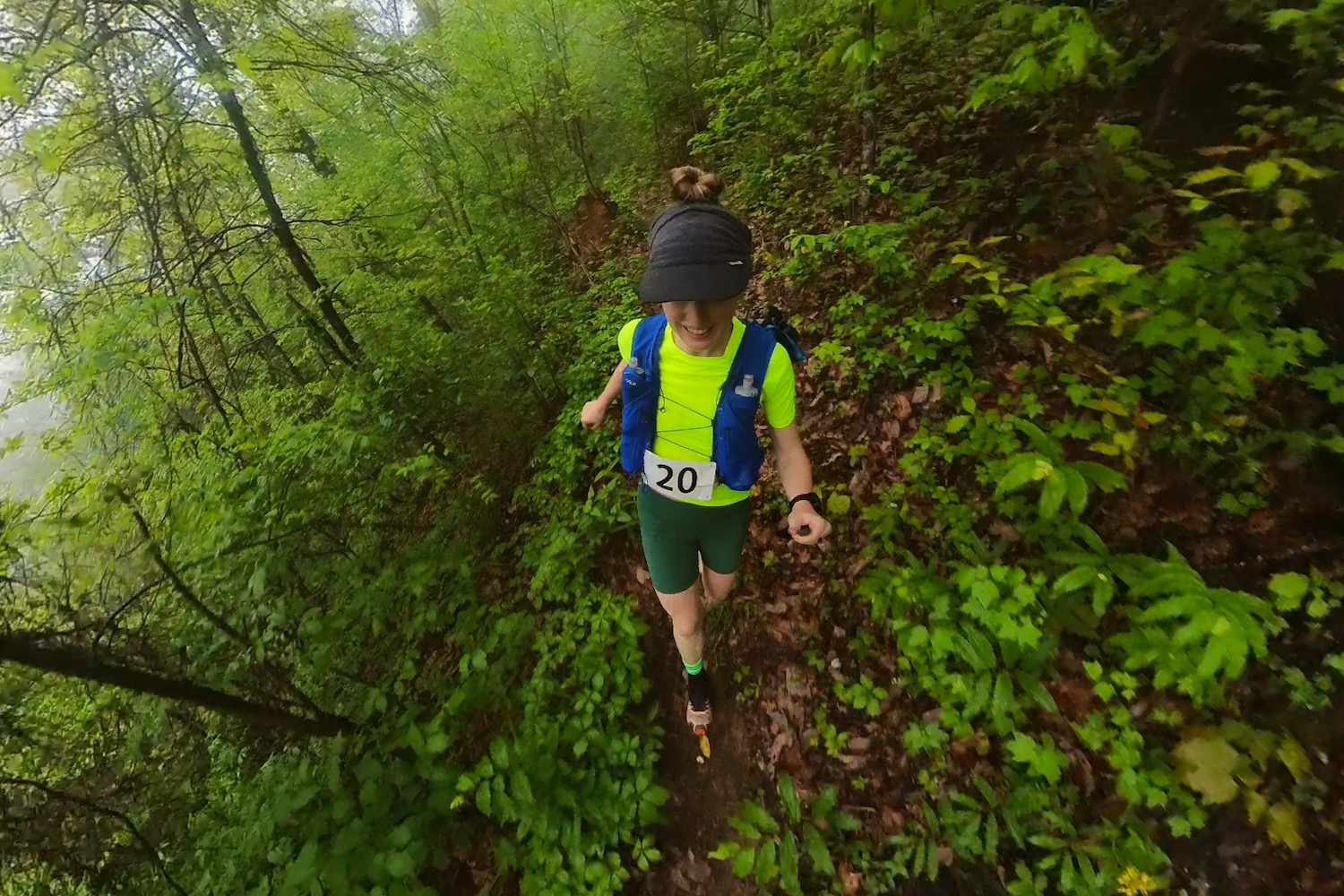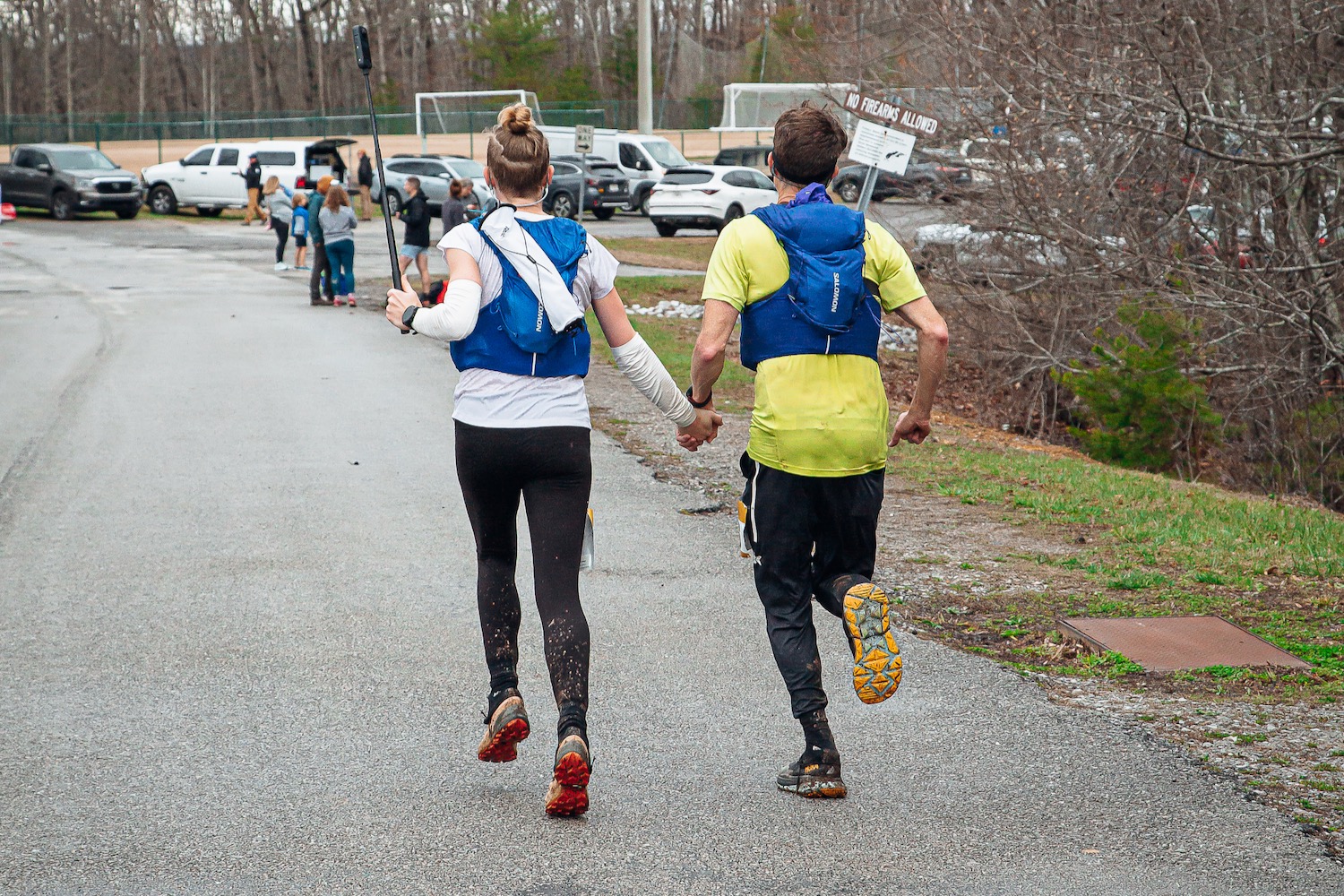
Elk and Bison Prairie Land Between the Lakes National Recreation Area
The name says it all: the Elk and Bison Prairie in Land Between the Lakes National Recreation Area is a place to see herds of elk and bison. While part of a much larger outdoor recreation destination, the Elk and Bison Prairie is one stop that every visitor should make. But the prairie is no zoo. Timing and planning are everything.


What is the Elk and Bison Prairie
The Elk and Bison Prairie is a 700-acre open space in the heart of Land Between the Lakes National Recreation Area. The prairie is representative of the wild grasslands that were once common across Kentucky. But by the mid-1970s, much of the natural landscape had been altered by settlers. Fortunately, a small patch of native grasses formed the foundation of what has become the Elk and Bison Prairie. Through years of meticulous stewardship and controlled burns, the Forest Service nurtured the prairie to a state much like what the people of the Shawnee Nation would have experienced before European settlers arrived. The prairie opened to the public in 1996. Today, visitors can access the prairie via a 3.5-mile loop road and see herds of elk and bison grazing on the grasses.
About the Bison
The Bison is the largest land animal in North America. They can weigh up to 2,800 pounds and grow to be six feet tall at the shoulder. Bison are grazing animals and spend most of their day eating grasses and other plants. They are very social animals and live in herds. Bison cows will stay with their mothers for life, but male bison will leave the herd when they are about two years old. The bulls will join a herd of cows during the breeding season.
While they are massive animals, bison are deceptively quick and agile. They can gallop as fast as 35 miles per hour. Bison herd near fresh grass, usually feeding early and late in the day. Making for the best opportunity to view these immense mammals.
Though few people think of herds of bison grazing the rolling hills of Kentucky, they once were plentiful in this state. Yet, the species was nearly wiped out by 1880. Thanks to public/private restoration efforts, there are now over 200,000 bison in North America. It’s far from the 60-70 million bison that once dominated the Great American Prairie. And makes the opportunity to see bison in natural herds a special treat.
Did You Know
- Although often referred to as Buffalo, bison are only distantly related to true buffalo which are found in sub-Saharan Africa and southern Asia.
- The American Bison is one of two surviving species and the largest population today.
- The European Bison was extinct in the wild and is currently being reintroduced to its native habitat in Europe and the Caucasus

About the Elk
Elk can weigh over 1,000 pounds and stand nearly 5 feet tall at the shoulder. Making them the second largest members of the deer family, after the moose. Elk live in forests and meadows throughout North America, but you can reliably catch a peek of these magnificent animals at the Elk and Bison Prairie.
The elk of the Elk and Bison Prairie originated from Elk Island National Park in Alberta, Canada. Because caretakers frequently test the health of the elk herd, the Forest Service offers elk from the Prairie to other states for release into the wild.
Only bulls have antlers. They shed them each spring to grow a new pair. Antlers can grow up to one inch a day and weigh up to 40 pounds. Elk spend most of their day in cover and graze in late afternoon or evening.
Did You Know?
- Elk are the second largest member of the deer family behind the moose.
- Male elk are called bulls, females are called cows, and baby elk are called calves.
- Elk live up to 15 years in the wild, on average.
- Elk can run up to 45 miles per hour.
Other Wildlife
Wildlife viewing is not limited to elk and bison. Turkey, coyote, skunk, rabbit, raccoon, bobcat, bat, box turtle, Eastern kingsnake, garter snake, quail, redtailed hawk, and owl all call the prairie home.


The best time to visit the Elk and Bison Prairie
The best time to visit the Elk and Bison Prairie is in the early morning or evening. The herds are most active during these times, and visitors will have the best chance of seeing them. During the heat of the day, the elk and bison will often bed down in the shade.
How to get to the Elk and Bison Prairie
The Elk and Bison Prairie is centrally located on the Kentucky side of the Land Between the Lakes National Recreation Area. The only way to visit is by car. Motorcycles, bicycles, and foot traffic are banned out of safety concerns for visitors and the native wildlife.
The 700-acre wilderness area is fully fenced in with one entrance via Elk and Bison Prairie Road, a 3.5-mile paved loop off Kentucky 453, better known as The Trace. Visitors pay a small fee at a kiosk by the entry gate. Once the transaction is complete, the entry gate will open to allow a vehicle to access the paved loop through the park.


What to expect when visiting the Elk and Bison Prairie
When visiting the Elk and Bison Prairie, visitors should expect to see herds of elk and bison grazing on the grasses. Nevertheless, this is not a zoo. This area is for the wildlife, not people. While there are pullout locations with educational displays along the 3.5 paved loop road, visitors must stay inside their vehicles while elk and bison are nearby.
To ensure the safety of visitors and animals alike, the prairie maintains the following rules.
- Do not approach any animal or allow them to approach you. Bison and elk will charge.
- Keep your vehicle on the roadway at all times or at one of three designated interpretive exhibit areas.
- Remain in your vehicle when large animals are within 200 feet. If bison block the road, please be patient.
- When it’s safe to leave your vehicle always stay on the roadway within 10 feet. At interpretive stops, stay in the graveled areas only.
- Walking and hiking is prohibited in the prairie.
- No motorcycle, bicycle or horseback riding allowed in the prairie. Refrain from feeding animals and littering.
- Keep all pets secured inside your vehicle.
- Respect the Resource: Leave shed antlers, plants and other artifacts in the prairie; removing them is illegal.


8 Ways to Make the Most of Your Visit the Elk and Bison Prairie
Before you head out to the Elk and Bison Prairie, keep these tips and tricks in mind.
- Get there early for the best chance to see elk and bison. They tend to be most active in the morning and evening.
- Bring binoculars so you can look at the animals from a distance.
- Bring a camera to snap some pictures of the majestic creatures.
- Wear appropriate clothing for the weather. The prairie can be hot and sunny in the summer, cold and windy in the winter.
- Bring plenty of water to stay hydrated.
- Be sure to stay on the designated roads and gravel walking areas to avoid disturbing the animals.
- Bison are large and potentially dangerous animals. Do not approach them or try to pet them.
- Have fun and enjoy your time on the Elk and Bison Prairie!

See it for yourself
If you’re looking for an up-close and personal wildlife experience, the Elk and Bison Prairie in Land Between the Lakes is a must-see. Enjoy the herds of elk and bison grazing on the grasses, but be sure to follow the guidelines to avoid disturbing them. Have fun and enjoy your time on this beautiful piece of land!







